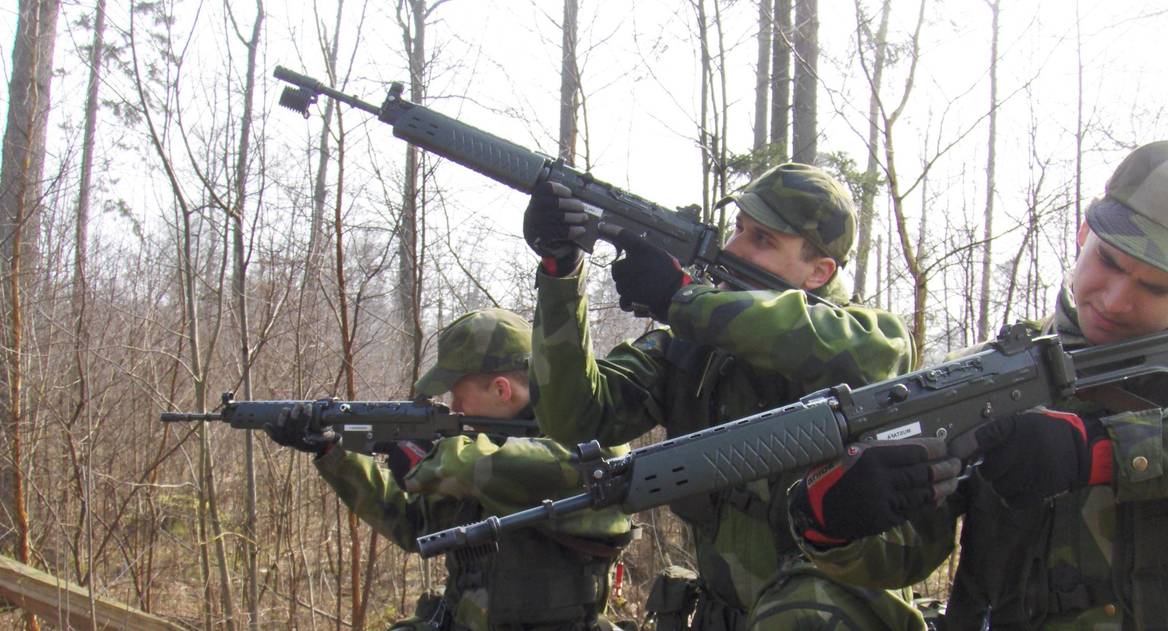Competitive National Service: How the Scandinavian Model Can Be Adapted by the UK
This Occasional Paper examines the Scandinavian model of national service and discusses how it can be adapted by the UK to fit its national security needs and acquaint a wider segment of youth with service within national security
In 2019, national service emerged again as a policy issue in the UK, with interest primarily fuelled by Conservative leadership contender Rory Stewart’s proposal for a mandatory National Citizen Service. Stewart, then a Tory MP and international development secretary, proposed a mandatory, four-week course for all British 16-year-olds that would combine two weeks of learning with two weeks of ‘giving back’. This overture, together with other national and international initiatives such as former Prime Minister David Cameron’s National Citizen Service, highlights the increasing interest in involving youth in the wellbeing of society. At the same time, the armed forces – not just in the UK – struggle to recruit enough personnel, and especially enough personnel of the right calibre.
The underlying question is how to best involve youth in the wellbeing of society in a country such as the UK, and how the armed forces can be an avenue for such involvement. Specifically, can the armed forces also benefit from contributions by a wider segment of young citizens than the ones currently signing up to serve as soldiers and officers? One approach is competitive national service, a model pioneered by Denmark, Norway and Sweden. Although their respective national services are mandatory, they are also highly selective and thus competitive. This paper examines the Scandinavian model and discusses how it can be adapted by the UK to fit its national security needs and acquaint a wider segment of youth with service within national security. To provide a broader view on national service models, the paper also examines Finland’s universal mandatory national service for men. This paper presents the specifics of each approach, including their respective weaknesses. Countries such as the UK could gainfully adapt elements of these models to build national service models tailored to their needs.
The paper proposes that the UK use the Scandinavian model to develop highly selective and highly targeted national service along the following lines:
- The armed forces and civilian government agencies (such as GCHQ) would be able to select a small number of trainees from among the complete annual cohort of teenagers.
- Those selected would spend two years within their specialty, following either a military or a civilian strand: one year of training followed by one year of service.
- Following their training, participants would move to reservist status within their specialty unless they opt to join in a full-time capacity. The civilian strand participants would have contracts similar to those of military reservists.
- Participants choosing to pursue further education in their field would be eligible for government subsidies.
WRITTEN BY
Elisabeth Braw
Resident Fellow at the American Enterprise Institute (AEI)


